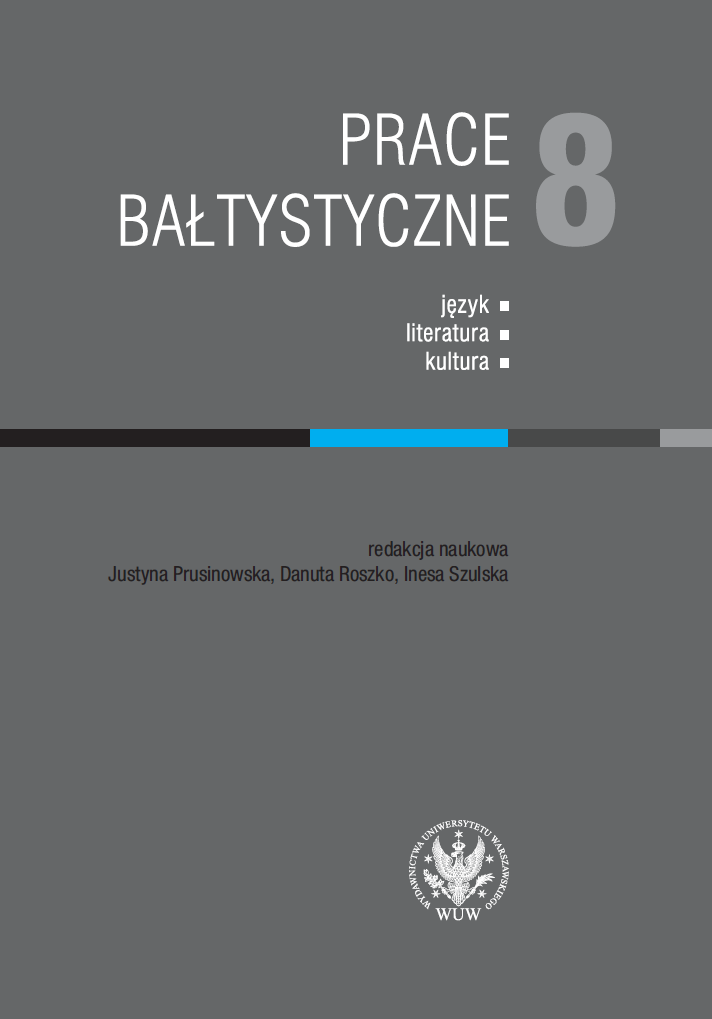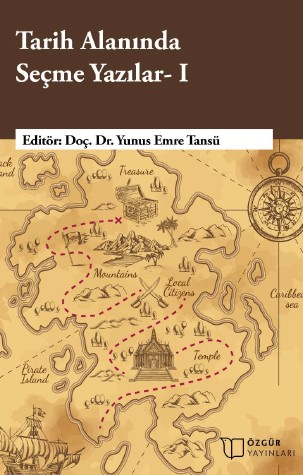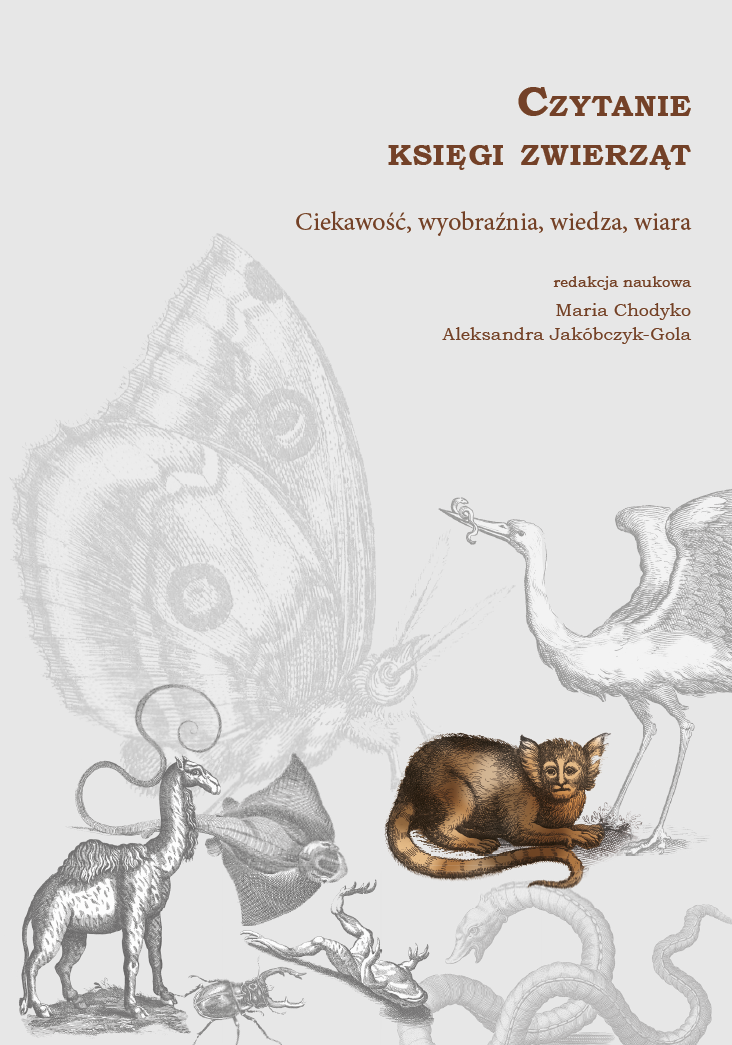
Lietuvos lenkų vaizdinys pirmuoju Lietuvos nepriklausomybės dešimtmečiu
The restoration of Lithuanian independence affected Poles of Lithuania, with their lives undergoing significant changes. The attitude towards Poles also transformed. Based on journalistic texts from the Corpus of the Contemporary Lithuanian Language, the article focuses on the image of Poles of Lithuania painted by selected material, analysing the features which are most frequently mentioned, emphasised, and attributed to them. The structural approach to meaning in the article is combined with a cognitive one, involving the use of appropriate methods of analysis – from the meaning of the word to the meaning of the sentence. The study shows that in the Corpus of the Contemporary Lithuanian Language, Poles of Lithuania are portrayed primarily as the national minority fighting for its rights, suffering a lot of hardships, discriminated, as people who fear a free Lithuania, as a national minority whose leaders, seeking power, have harmed their compatriots and good relations between Lithuanians and Poles. The analysis of the material shows that at the early stages of Lithuanian independence, Lithuanians considered Poles not as others, foreigners, but as one of their own.
More...

